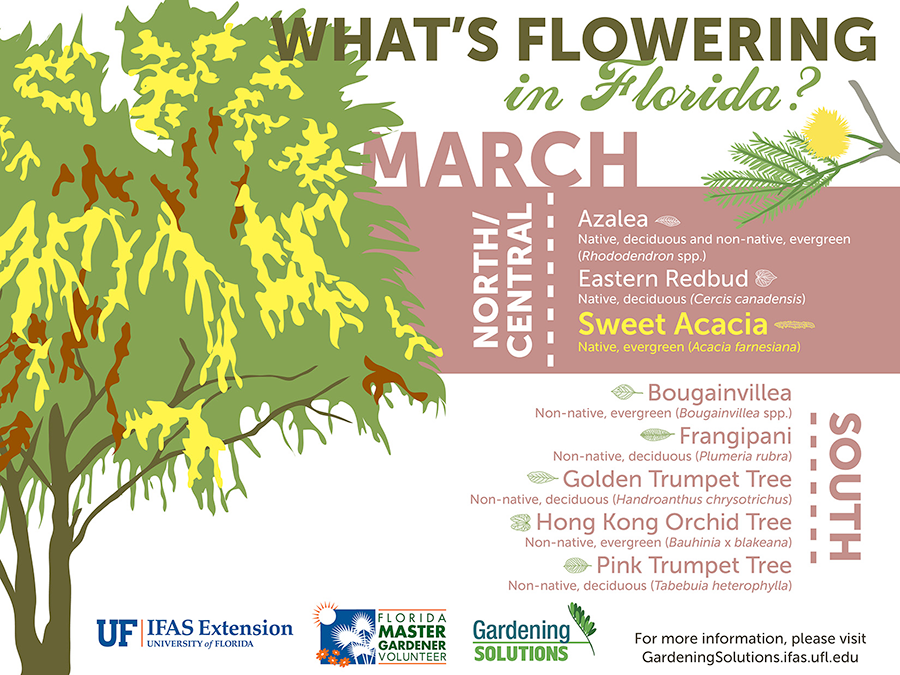Indicators That It Is Needed To Remove A Tree - A Handbook For Homeowners
Indicators That It Is Needed To Remove A Tree - A Handbook For Homeowners
Blog Article
mouse click the following post By-Hermansen Noer
Trees include appeal and value to residential or commercial property, yet they can also present a risk throughout extreme climate occasions. If a tree has stopped expanding, is showing noticeable fungal growth, or has a leaning trunk, it needs to be removed by an expert to prevent property damages and injury.
To learn more, go to a home owner source reasonable co-hosted by HPD, the Facility for NYC Neighborhoods, and Brooklyn-based housing partners this evening in Bedford-Stuyvesant. The event will certainly feature the Property owner Manual, a new overview to assist house owners navigate the obligations of possessing a home.
1. Dead or Dying Branches
Trees are an essential part of your home's landscape, supplying shade and appeal. They additionally supply sanctuary for wild animals and create oxygen, however even healthy and balanced trees can experience health issue that may demand their elimination. Dead or dying trees aren't simply unpleasant, they can be dangerous. Their branches can drop throughout a storm, causing costly property damages and injuries.
When a tree's branches start to die, it means that its structure is beginning to break down. If most of its branches are dead, it is likely time to remove it.
Try to find an absence of brand-new growth, bark peeling, open wounds or dental caries, fungi growing on the trunk or origins and a basic appearance of degeneration in the entire cover. These signs of infection can indicate a severe issue that will require professional tree services to resolve.
2. Leaning Trunk
While it's typical for trees to lean every so often as a result of phototropism, if a tree has a hazardous or severe lean that's not due to natural processes - maybe an indicator that the tree needs to be gotten rid of. If the tree is leaning toward a high-voltage line, home, automobile, play framework or any other area that could be harmful to individuals if it falls, then calling an expert tree service for elimination ought to be a leading priority.
It's likewise vital to look for any sudden changes in a tree's leaning as it can indicate damage to the roots or trunk that may cause dropping. This is especially real during thundercloud, given that high winds and rain-soaked dirt can create a lean to alter quickly. Normal tracking, particularly throughout and after tornados can help home owners identify potential problems with their trees so they can call an arborist for an extensive evaluation.
3. Insect Infestation
Some pest invasions, such as wood-boring pests like emerald ash borer or sap-suckers like scale bugs, are so extreme that they can create a tree to die. The best means to stop pest infestation is to monitor your trees regularly. Search for areas, openings, or stainings in the leaves and bark. Take a look at the trunk for cracks and indicators of insect damage, such as passages or tracks.
If a tree becomes too ravaged with bugs, or is close to a home or power lines, an arborist may recommend removal. If a leaning tree creates a brand-new, unpredictable lean, an arborist will likely recommend elimination as well to ensure the safety and security of individuals and home. If a damaged or dead tree consistently drops too much branches, it is an indicator that it is time to remove the tree. If how to become arborist continues to drop branches for an extensive amount of time, it could bring about structural problems and prospective building damages.
4. Harmed Trunk
Trees are a gorgeous and integral part of our landscape, however they do call for normal like keep them healthy and secure. If a tree is harmed irreparable it is likely time for it to come down.
Look for signs of damages to the trunk, consisting of vertical cracks, joints, dead branch stubs, visible wounds or open tooth cavities and extreme tree-rot. The existence of fungis at the base of the trunk is an additional advising indication. Fungi may indicate that the phloem and xylem (life-support cells) are endangered, permitting the spread of condition or a future failure.
Also, take into consideration whether the tree has actually stopped growing. Healthy and balanced trees will have new development annually, which might show up as buds or branches growing and prolonging. If you don't see any type of new growth, it's an excellent idea to have an arborist review the tree and follow their recommendation for removal. A passing away or damaged tree can drop and create building damage.